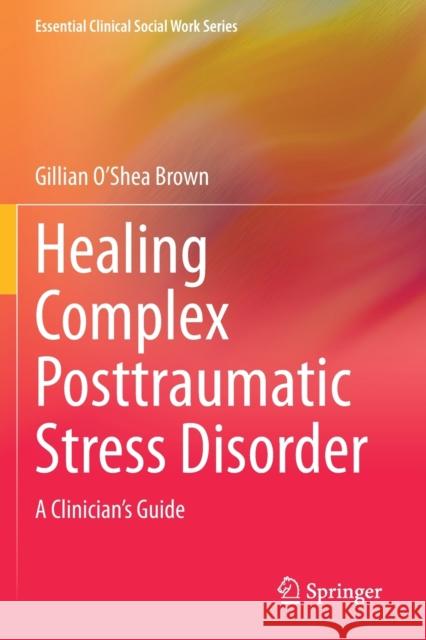Healing Complex Posttraumatic Stress Disorder: A Clinician's Guide » książka
topmenu
Healing Complex Posttraumatic Stress Disorder: A Clinician's Guide
ISBN-13: 9783030614188 / Angielski / Miękka / 2022
Healing Complex Posttraumatic Stress Disorder: A Clinician's Guide
ISBN-13: 9783030614188 / Angielski / Miękka / 2022
cena 201,24
(netto: 191,66 VAT: 5%)
Najniższa cena z 30 dni: 192,74
(netto: 191,66 VAT: 5%)
Najniższa cena z 30 dni: 192,74
Termin realizacji zamówienia:
ok. 22 dni roboczych.
ok. 22 dni roboczych.
Darmowa dostawa!
This book is a clinician's guide to understanding, diagnosing, treating, and healing complex posttraumatic stress disorder (C-PTSD). C-PTSD, a diagnostic entity to be included in ICD-11 in 2022, denotes a severe form of posttraumatic stress disorder (PTSD) and is the result of prolonged and repeated interpersonal trauma.
The author provides guidance on healing complex trauma through phase-oriented, multimodal, and skill-focused treatment approaches, with a core emphasis on symptom relief and functional improvement. Readers will gain familiarity with the integrative healing techniques and modalities that are currently being utilized as evidence-based treatments, including innovative multi-sensory treatments for trauma, in addition to learning more about posttraumatic growth and resilience.
Each chapter of this guide navigates readers through the complicated field of treating and healing complex trauma, including how to work with clients also impacted by the shared collective trauma of COVID-19, and is illustrated by case examples. Topics explored include:
- Complex layered trauma
- Dissociation
- Trauma and the body
- The power of belief
- An overview of psychotherapy modalities for the treatment of complex trauma
- Ego state work and connecting with the inner child
- Turning wounds into wisdom: resilience and posttraumatic growth
- Vicarious trauma and professional self-care for the trauma clinician
It is important for clinicians to be aware of contemporary trends in treating C-PTSD. Healing Complex Posttraumatic Stress Disorder is an essential text for mental health practitioners, clinical social workers, and other clinicians; academics; and graduate students, in addition to other professionals and students interested in C-PTSD. It is an attractive resource for an international clinical audience as we work together to heal, affirm, and unburden clients following this time of shared collective trauma.











